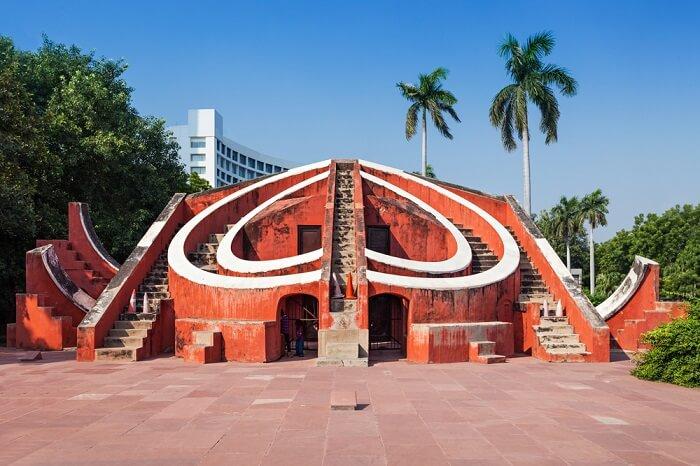Focus: GS-II Governance, GS-I Art and Culture
Why in news?
Action Council, a collective of Anglo-Indian associations, staged a demonstration at Jantar Mantar on 5th March 2020, in protest against the 126th Constitutional Amendment that ended reservation for Anglo-Indians in Parliament and State Assemblies.
Details
- They Requested the government to reconsider its decision saying the amendment was based on factually incorrect information.
- While tabling the Bill, the 2011 Census was quoted, saying there are just 296 Anglo-Indians in the entire country.
- Congress MP from Ernakulam said that in his constituency alone, there were 40,000 Anglo-Indians.
- Former MP Charles Dias said there were over four lakh Anglo-Indians overall in the country.
- The lone non-nominated Anglo-Indian MP in Parliament, Derek O’ Brien, said the community with its substantial contribution to the country deserved to be represented in Parliament and Assemblies and its scattered nature prevented Anglo-Indians from getting an elected seat.
Background on Anglo-Indians
- The term Anglo-Indian can refer to at least two groups of people: those with mixed Indian and British (specifically English) ancestry and people of British/English descent born or living in India.
- The latter sense of people of British/English descent born or living in India, is now mainly historical, but confusions can arise.
- Between 1952 and 2020, two seats were reserved in the Lok Sabha, the lower house of the Parliament of India, for members of the Anglo-Indian community.
- These two members were nominated by the President of India on the advice of the Government of India.
- In January 2020, the Anglo-Indian reserved seats in the Parliament and State Legislatures of India were abolished by the 104th Constitutional Amendment Act, 2019.
Jantar Mantar

- There are five Jantar Mantars in India, of which the largest is in Jaipur which features many instruments along with the world’s largest stone sundial.
- The Jantar Mantar is a collection of nineteen architectural astronomical instruments built by the Maratha Rajput king Sawai Jai Singh II, the founder of Jaipur, Rajasthan. The monument was completed in 1734.
- It features the world’s largest stone sundial, and is a UNESCO World Heritage site.
- It is located near City Palace and Hawa Mahal.
- The instruments allow the observation of astronomical positions with the naked eye.
- The observatory is an example of the Ptolemaic positional astronomy which was shared by many civilizations.
- The Vrihat Samrat yantra is a sundial that can give the local time to an accuracy of 2 seconds.




